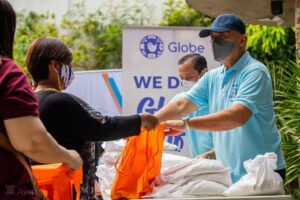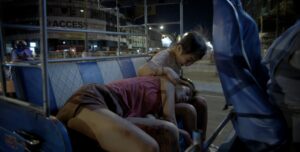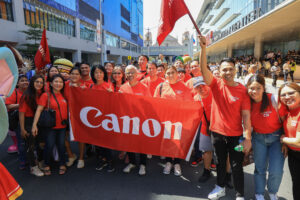CEMENT, as a building material, is old. The earliest forms of cement were used by the Egyptians and the Romans thousands of years ago. Techniques for making cement that eventually led to modern cement-making were first developed by French and British engineers in the 1700s. It was during the Industrial Revolution, though, (about 1800) that techniques for making modern cement were introduced.
Just think about that: from 1800 to 2013 is more than 200 years of cement-making. Isn’t it time for new building materials that draw on the great qualities of this time-honored and tested substance?
New building composite materials have been created and are continually improved upon by James Hardie Philippines, which has been offering advanced, durable, and innovative building materials since 1997. It continues to lead the way in developing science-based construction products.
One example is HardieFlex advanced building composite, made from water, cement, cellulose fiber, and sand. These raw ingredients are engineered through a state-of-the-art manufacturing process to create a durable building material that is resistant to damage caused by rain and water. It’s also resistant to damage caused by fire, which assures homeowners of added safety in case of accidental fires.
Another advantage of HardieFlex advanced building composite is that it allows for better dimension precision compared to cement hollow blocks. This is because cement hollow blocks still need plastering. This plastering adds extra thickness, as much as an inch or more, on both sides. In contrast, a 4-inch wall in the house plan remains 4-inches when using HardieFlex advanced building composite with frame construction. “During these times when space is an issue, where houses and units are becoming smaller, every inch of wall saved means a lot,” said Liza Alde, James Hardie Marketing Services Manager.
Unlike the usual hollow blocks and other cement brands, HardieFlex building composite used in frame construction allows the walls to “breathe”, letting air and heat pass through so that homes and buildings do not feel “overheated” even during the dry season and times of high humidity.
When it comes to exterior and interior walls, James Hardie building composites are very versatile and may be used along with various styles of finishes and accents, and to conform to different styles and looks. They may be installed with timber or steel frames.
James Hardie products are eco-friendly. The company’s continuing commitment to protecting the environment is integrated in their choice of materials and their manufacturing processes. Materials used in the manufacture of their fiber cement are all sustainable so they help protect the ecology.
The health and safety of both builders and occupants are also taken care of by James Hardie. HardieFlex advanced building composite does not contain cancer-causing asbestos.
James Hardie is committed to the use of innovative materials and new, high-tech manufacturing processes to assure both quality construction and safety of builders and occupants of homes and buildings. The company never compromises when it comes to that.
“We innovate not just for innovation’s sake but to ensure that occupants of homes and buildings enjoy their stay there—rest assured of their safety and of the durability and long-lasting strength, and also living and working very comfortably. It’s all about improving the quality of life of our customers,” said Rose Pangan, Product Development Manager of James Hardie Philippines.
Learn more about how HardieFlex Fiber Cement and other innovative James Hardie products can improve your quality of life; go to the Website www.jameshardie.com.ph and like us on Facebook at www.facebook.com/jameshardiephil or call 1-800-888-5427 (outside Metro Manila) or 895-5427 (within Metro Manila).

.jpg)





